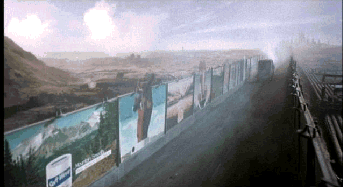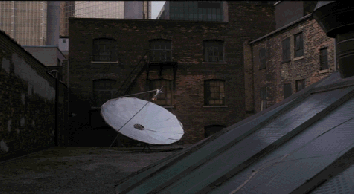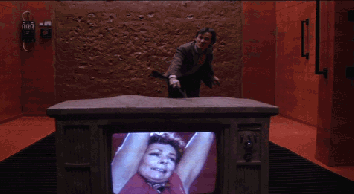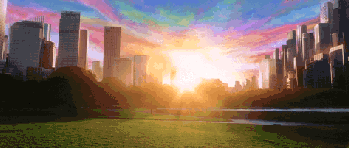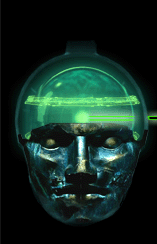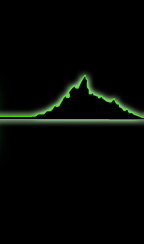A consistent image of industrial or war-torn wastelands is presented as the harsh environment surrounding the cities of dystopic science fiction films. These are usually uninhabited, unforgiving landscapes, that encompass the cities in which a supposed utopia has been formed, diametrically opposing the nature that exist outside the walls or boundaries.
In some cases, however, hte end of these films bring the destructive chaos that exist outside, inward, such that the city itself falls into ruins. Though this would, in reality, suggest an idea of demise and doom for the inhabitants, it is also the ddownfall of the corrupt powers at the city core, indicative, then, of a triumph of anarachy bring a new, just life, even if this requires great destruction. In this case, it is somehow as if the natural entropic forces from the outer realms take over the purety and order of the synthetic city within. This inversion can be seen throught these films, wherein a ‘natural’ force or landscape surrounds the metropolis, but the core of the city is itself, is a natural environment within; the source of rebellious uprising, whether it is part of the city, or within the inhabitants themselves.
Nature Invades the Metropolis
In contrast to the outer chaos, is another common enveloping environment of open and infinite space. As in Alien and Dark City, this sense of absolute isolation is created by virtue of the empty surroundings. In Blade Runner, it seems only those can afford it, may live in the luxurious “Off-World Colonies”, after traversing deep space.
It is at this point, that the unknown realms beyond again infiltrate the city, as in Videodrome, where a mysterious television signal is picked up, changing Max Renn's world forever, in a hallucinatory nightmare, altering all reality he knows.
With this reversal of inner and outer realms, the outer, natural, idyllic environment, remains only in the mind, after the entropy of the hybridized city has taken hold, and any purety of nature has been lost. It seems the only way of countering this inward movement of chaos, is the projection of one’s dreams outward into the environs. The ideal, natural settings of sunsets and lush landscapes only exist, in a sad irony, in the minds of the dystopic city’s inhabitants, as with the finale of The Matrix trilogy, in which the interior coputer world now holds the ideal setting after the real, exterior world has very much been destroyed by war. Similiarily in Brazil, to avoid the excessive bureacracy of the world in which he lives, Sam Lowry must retreat completely into his mind, while believing he is in the distant green foothills of paradise with his dream girl.
Appleseed
HOME UW School of Architecture – Jonah Humphrey




